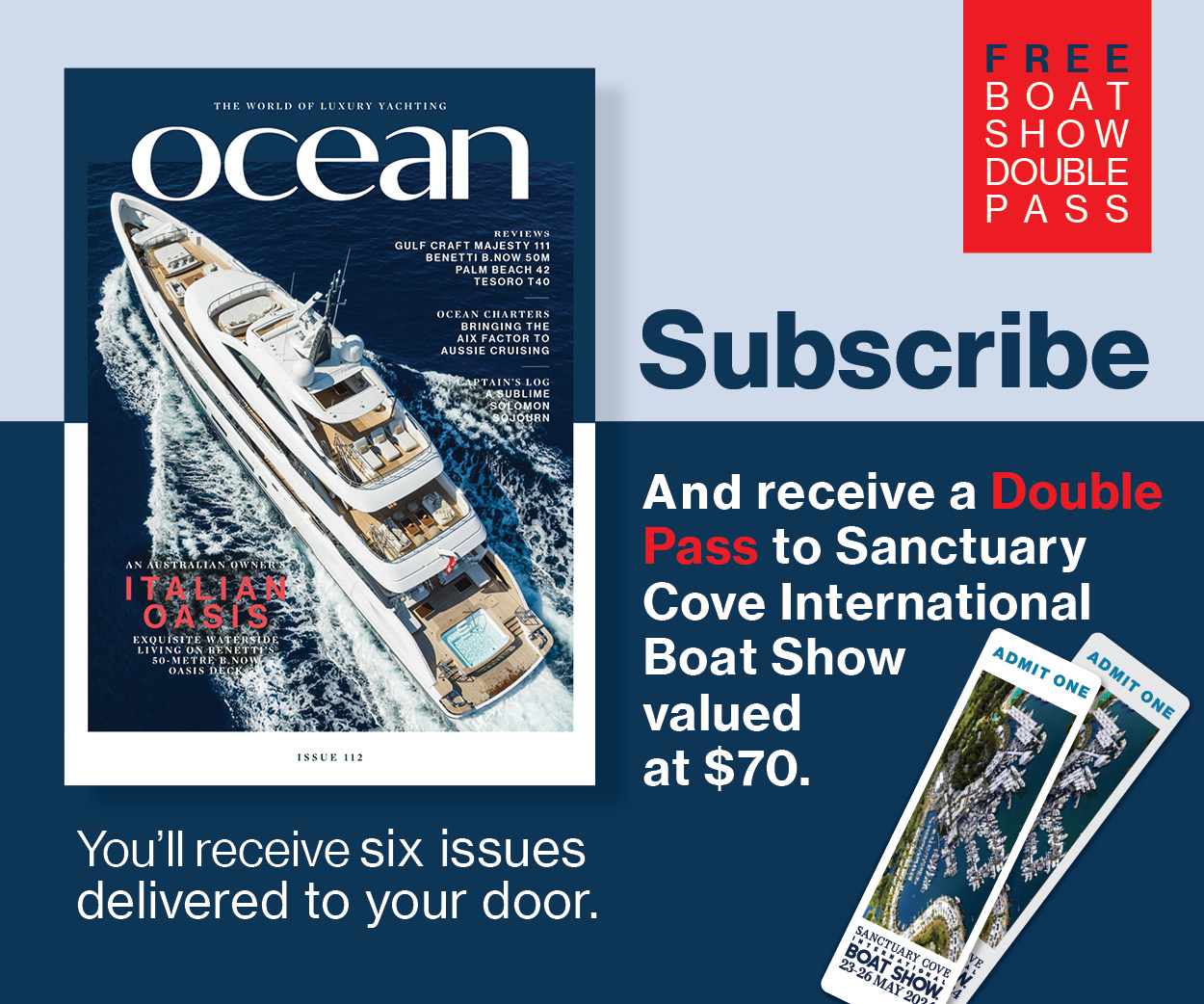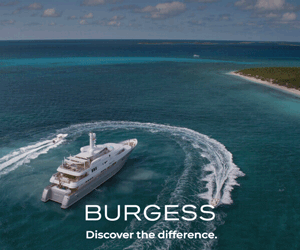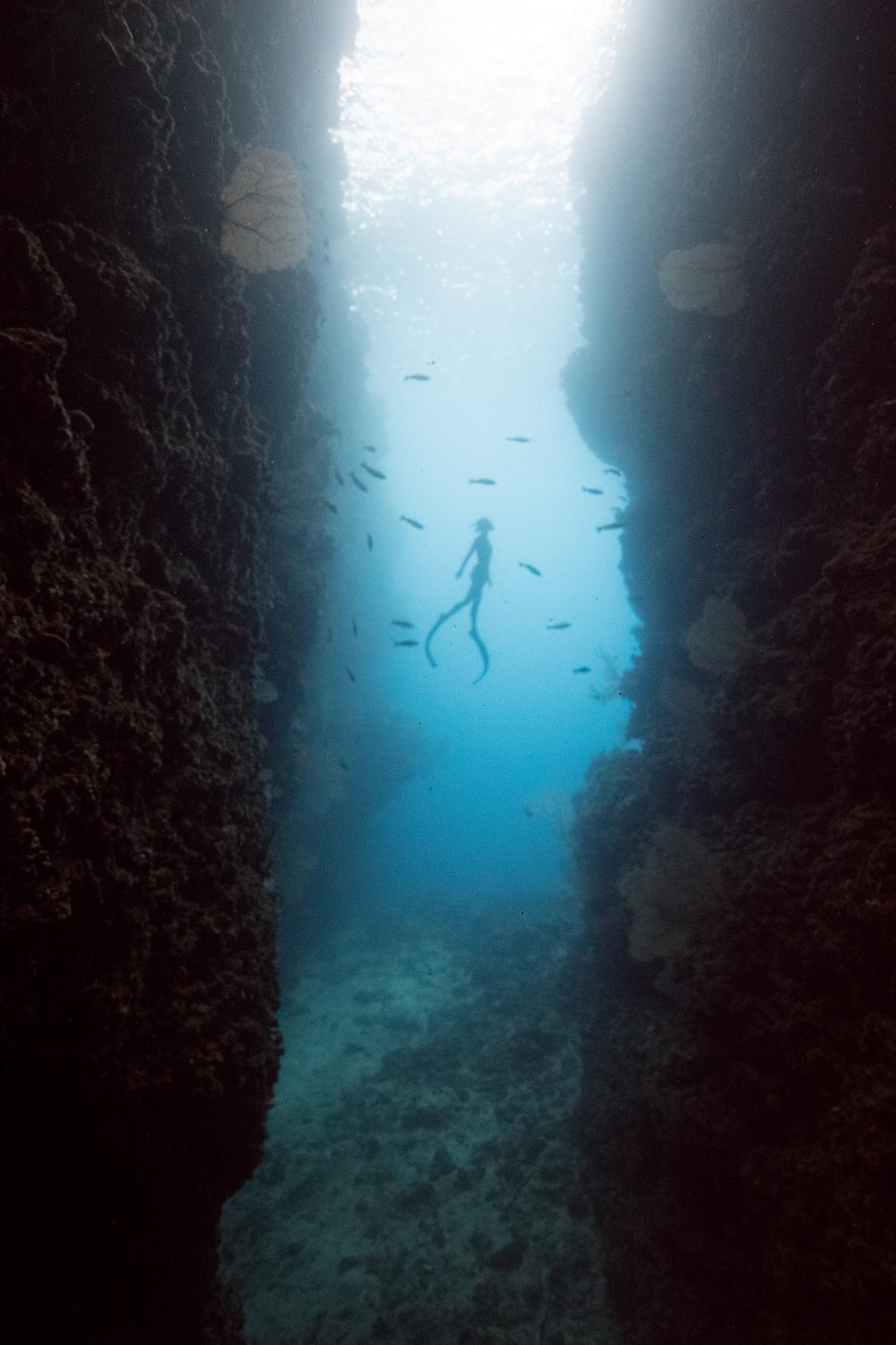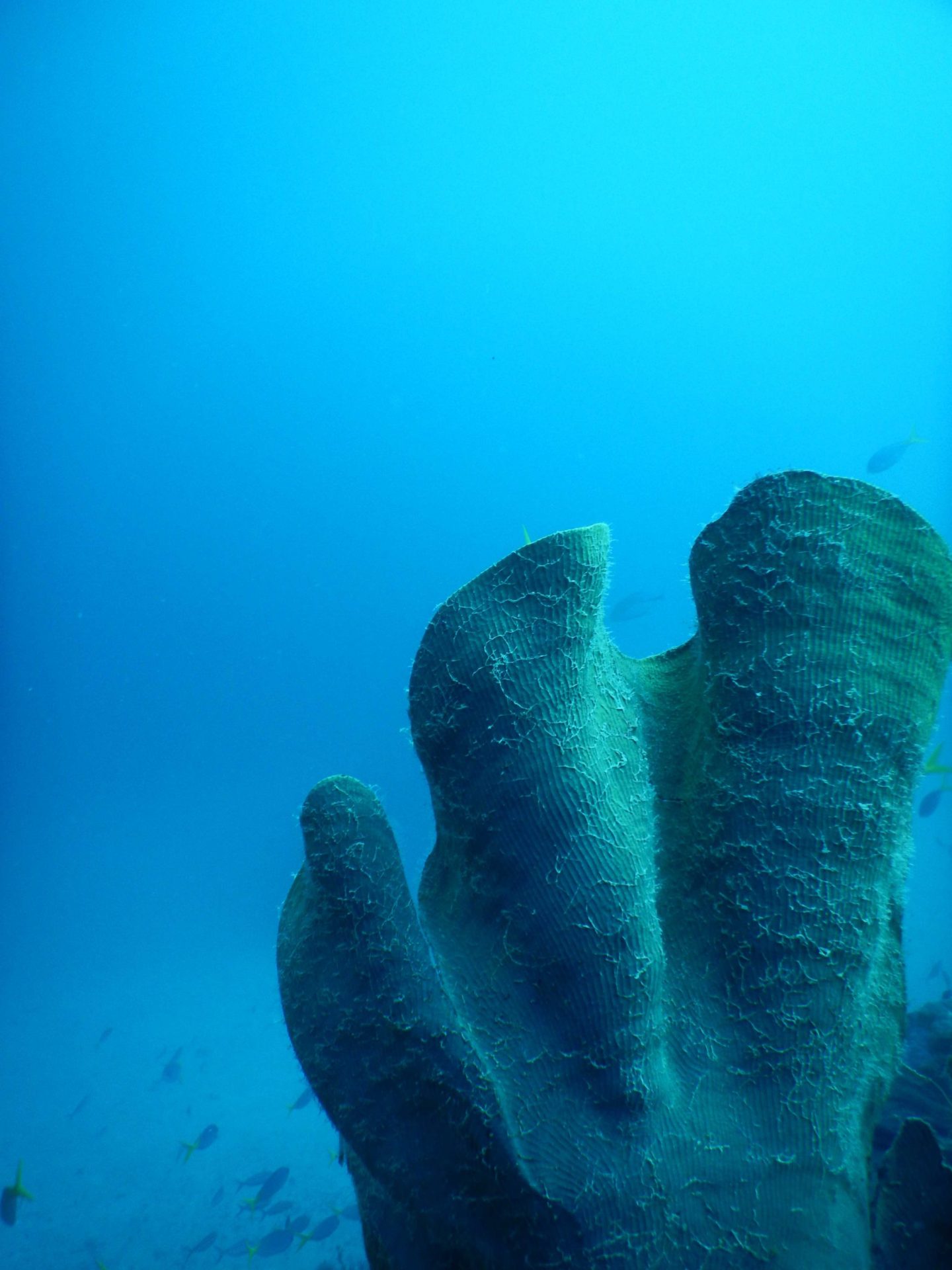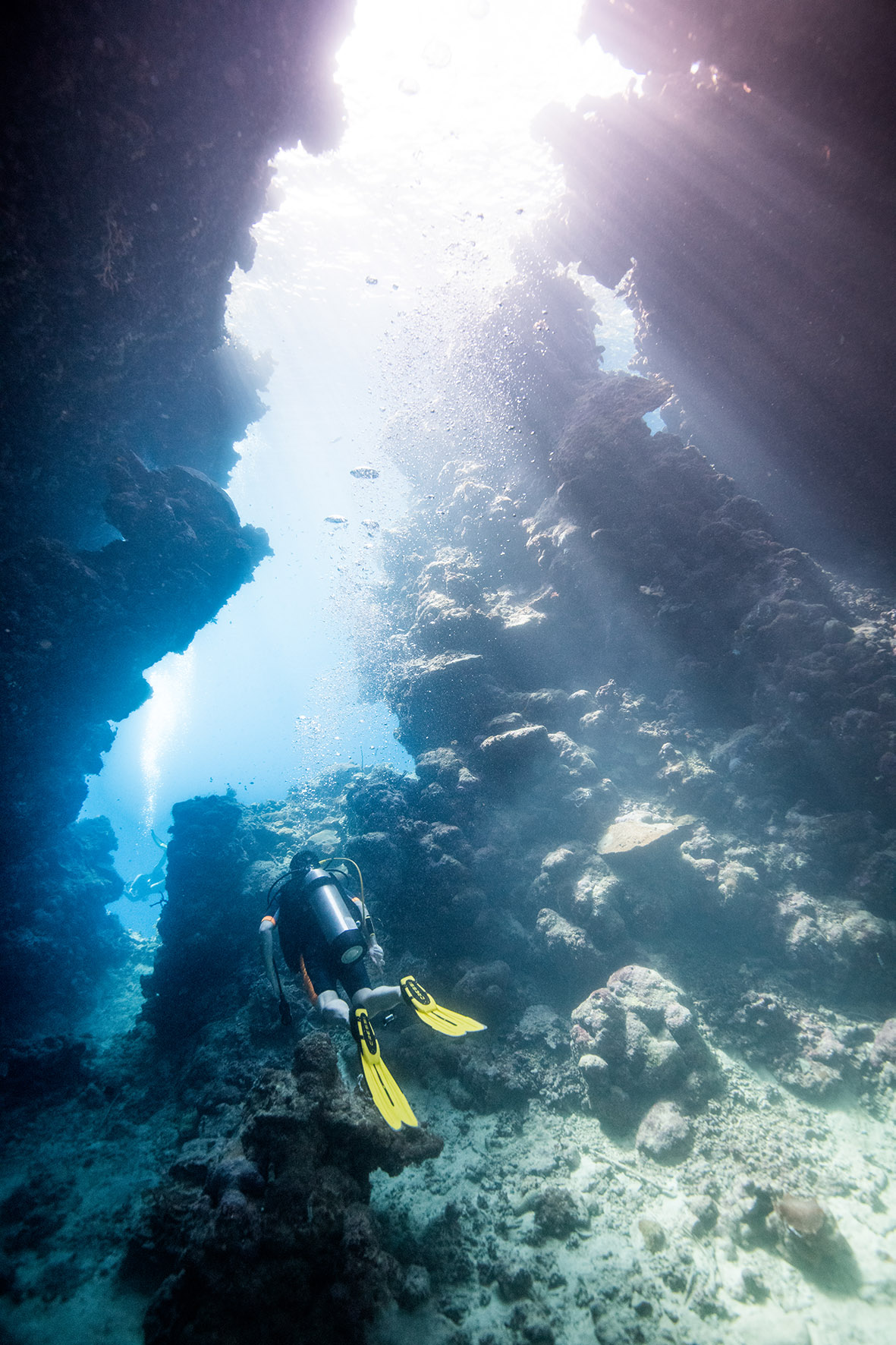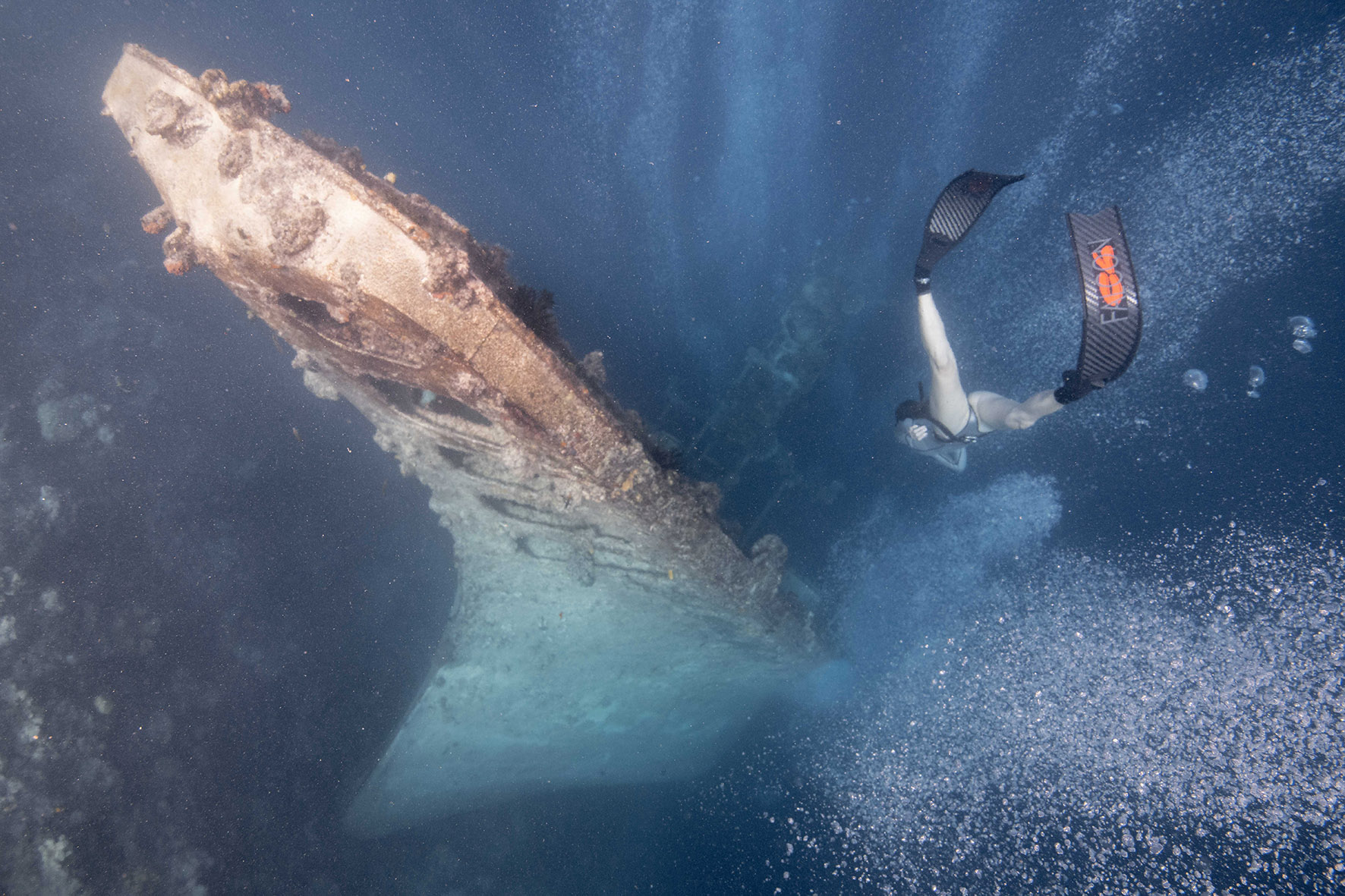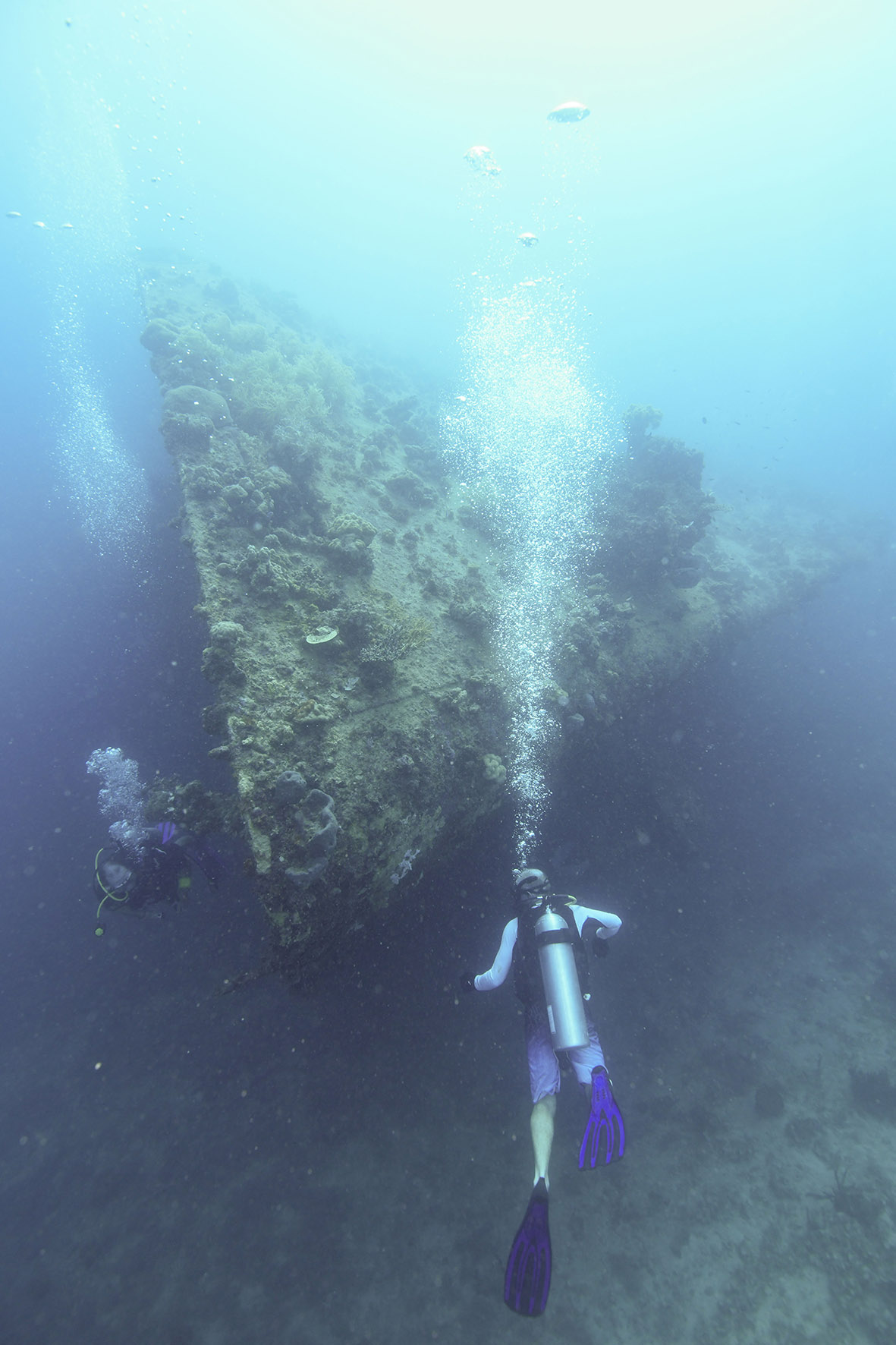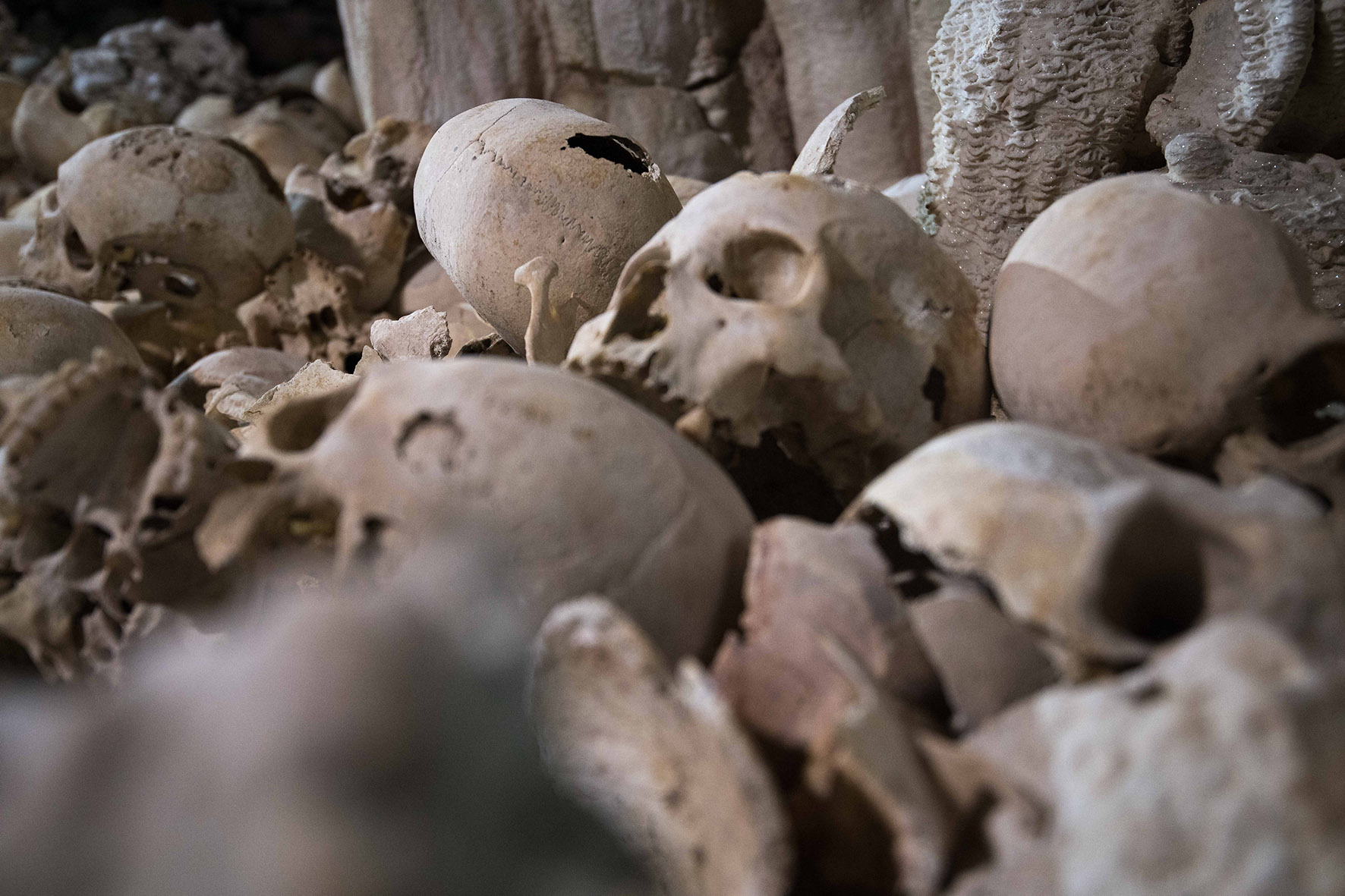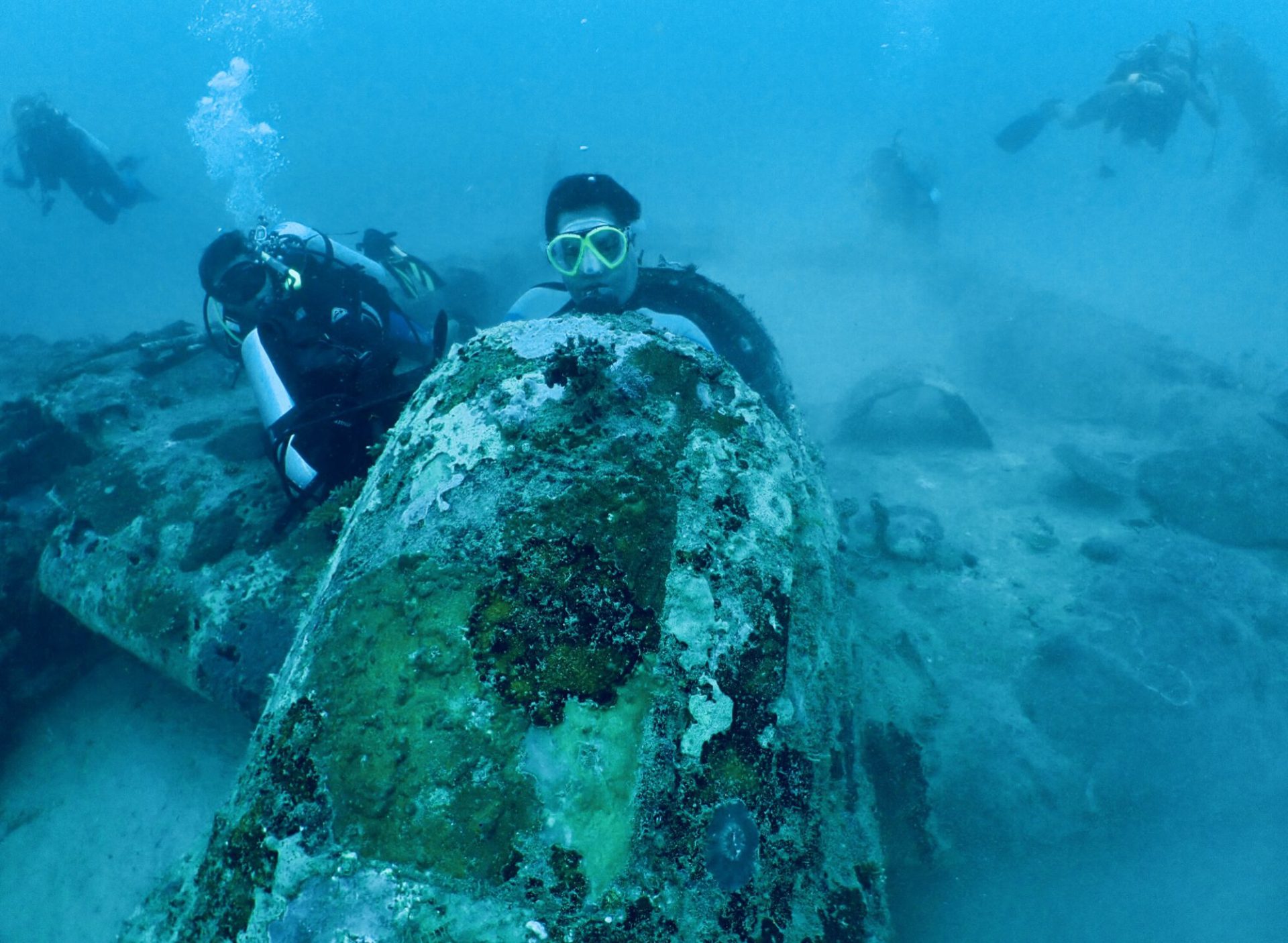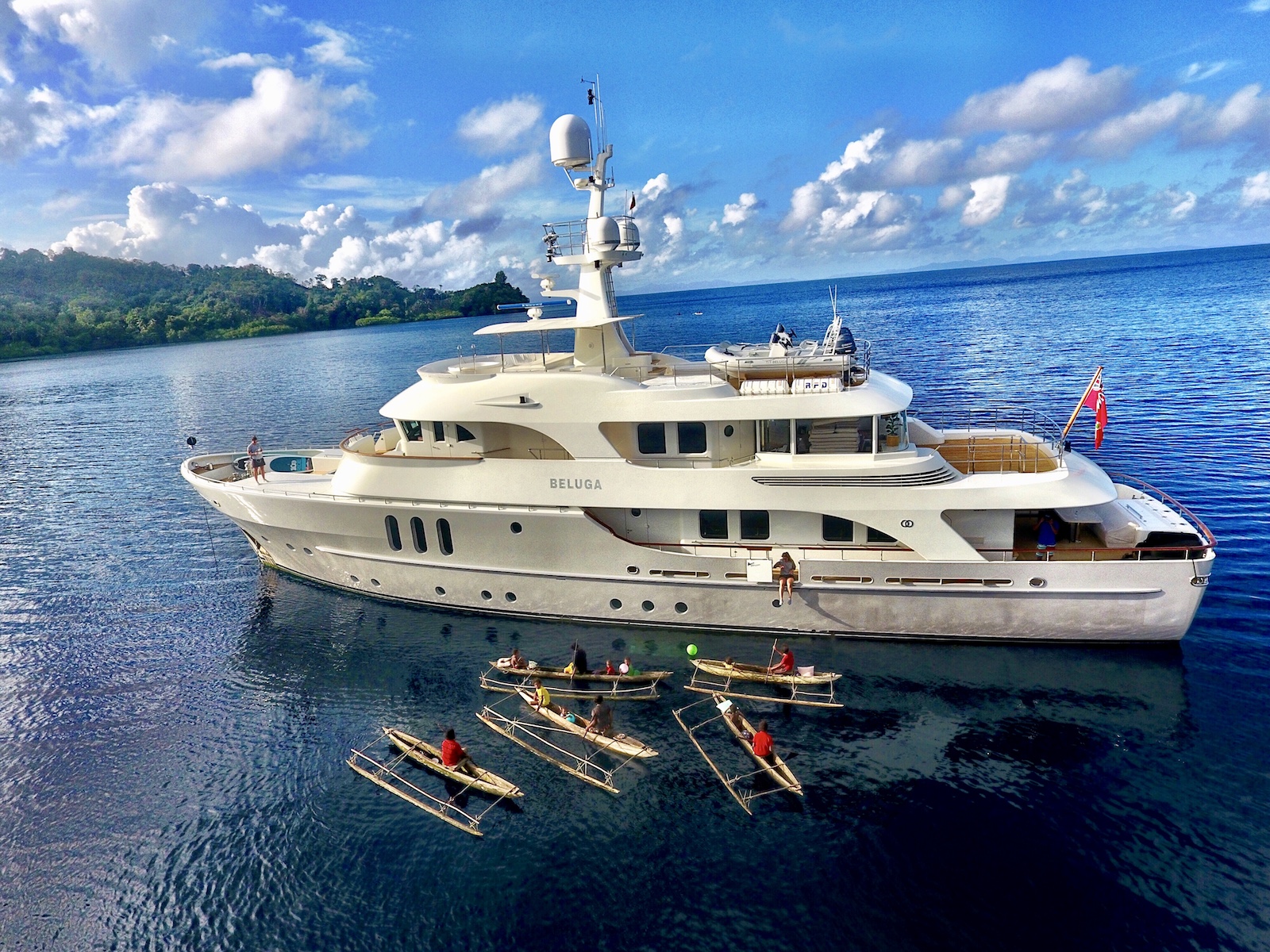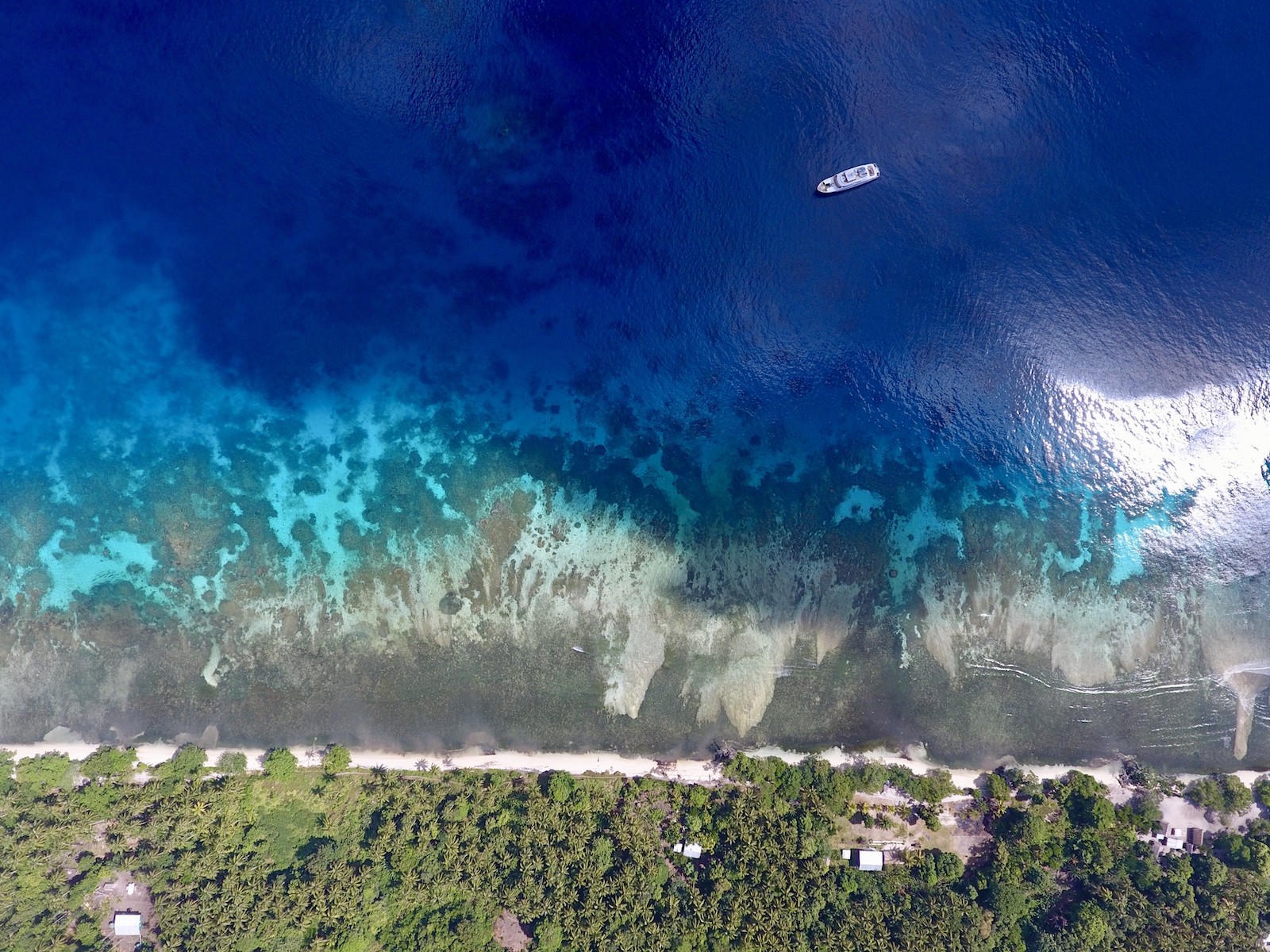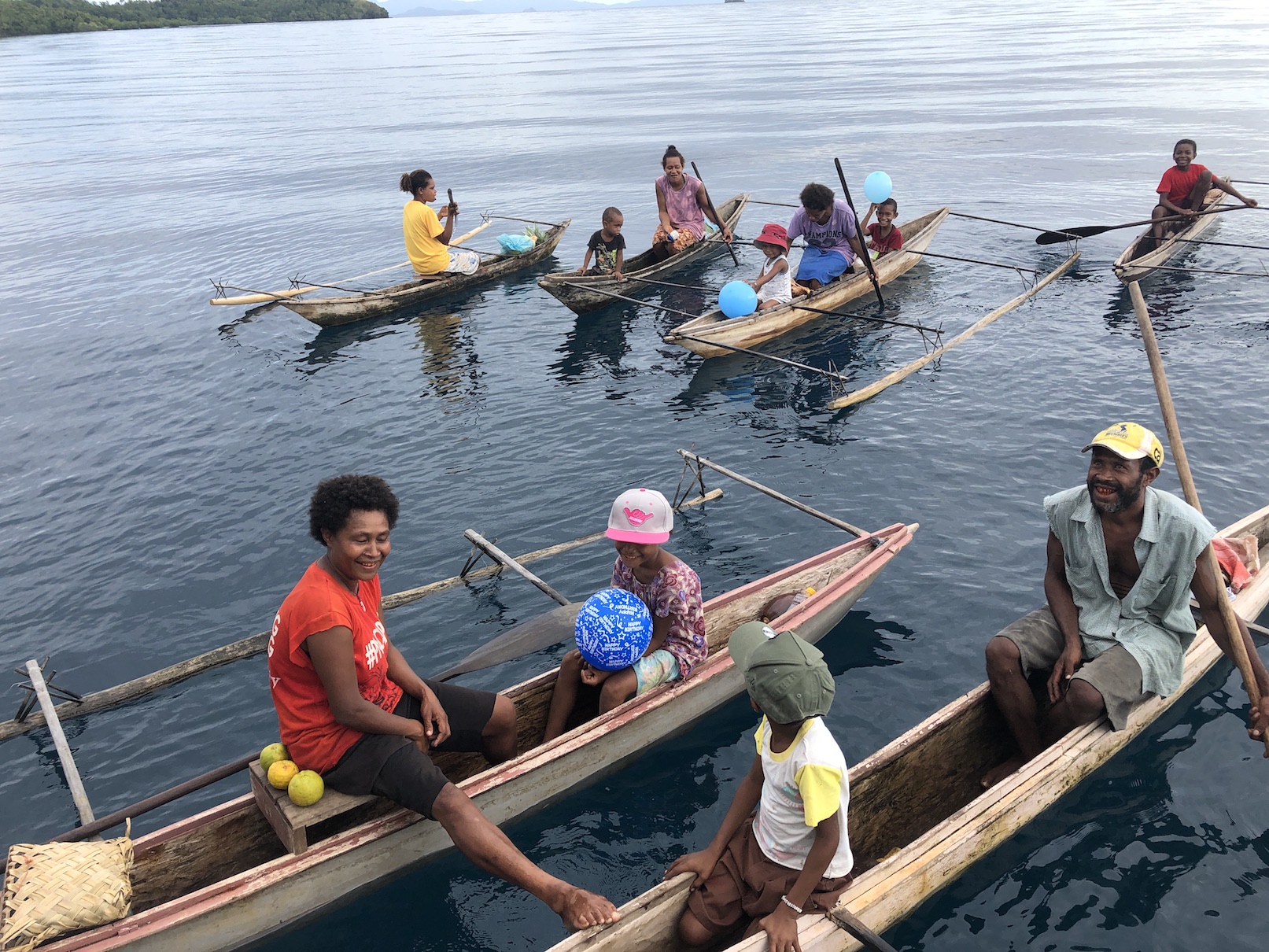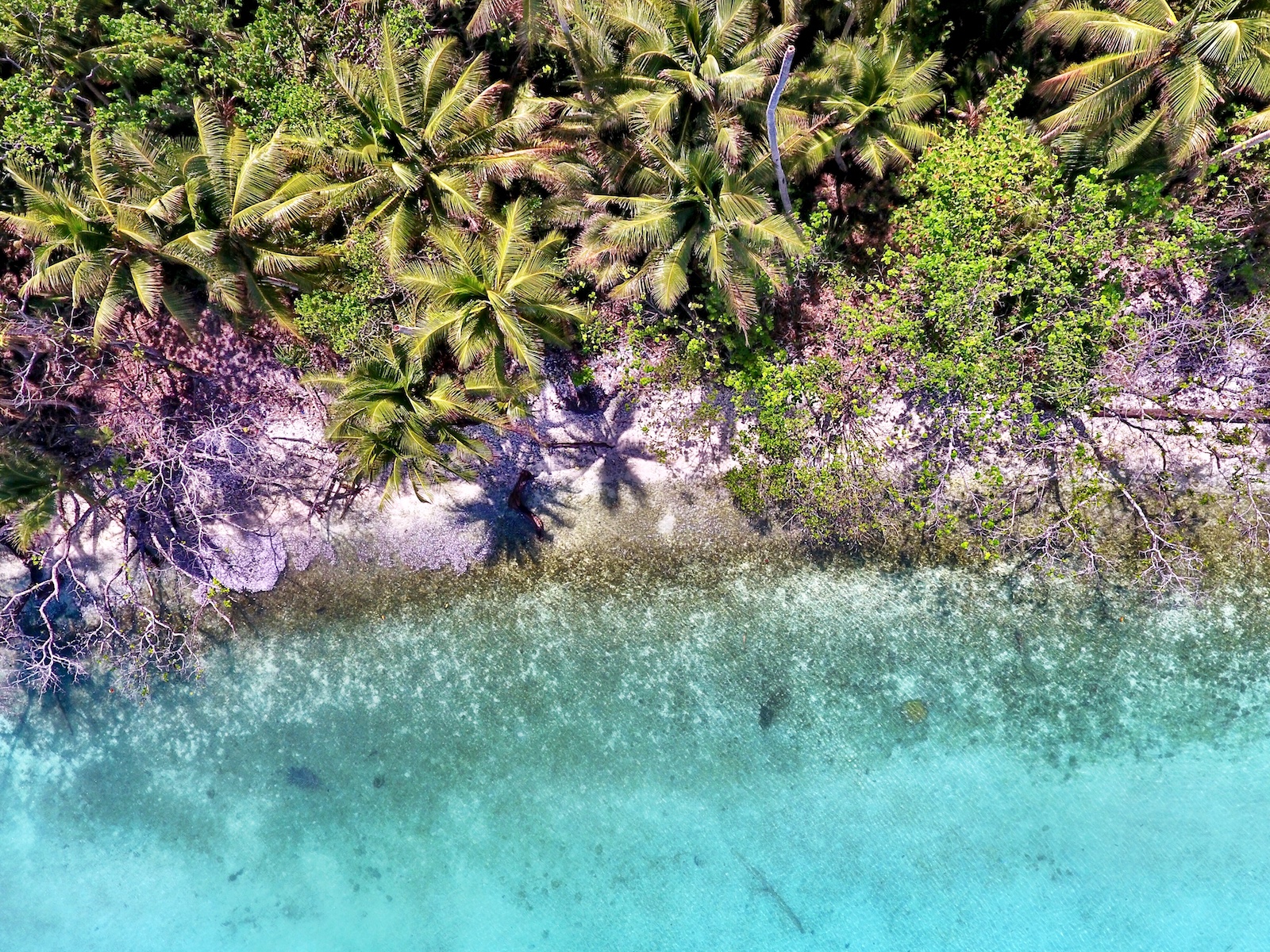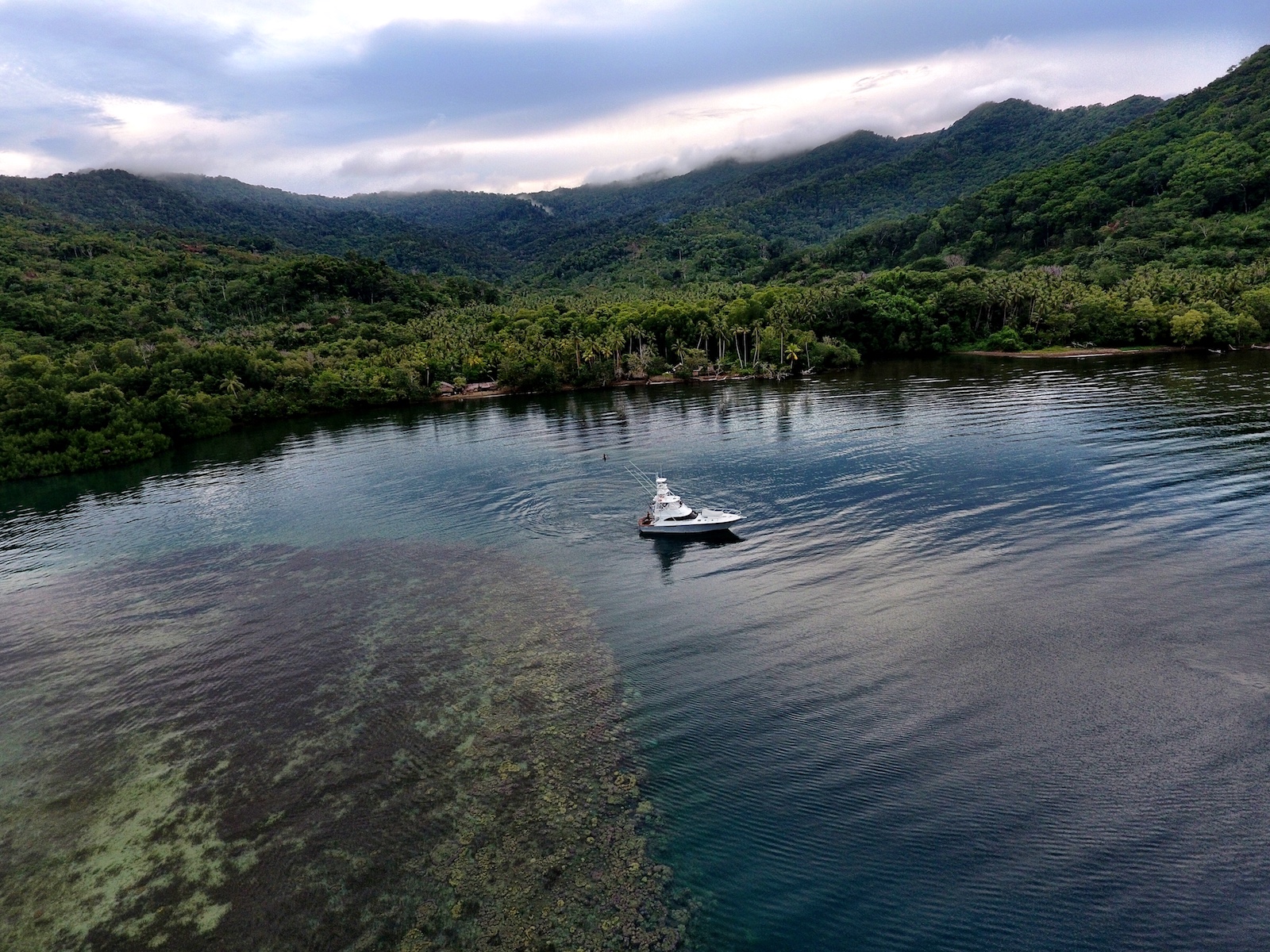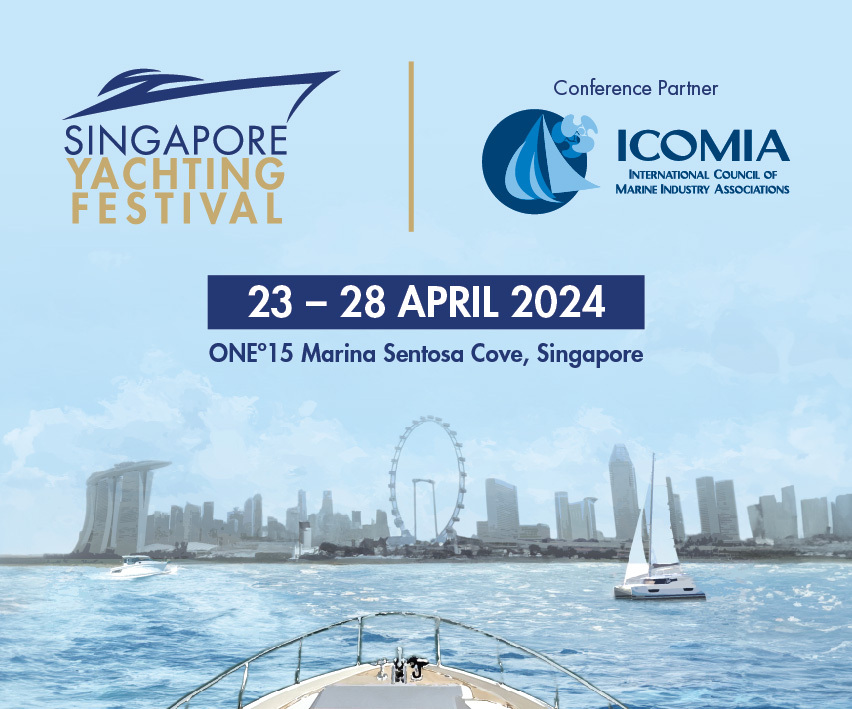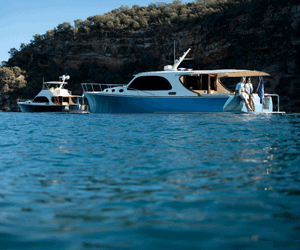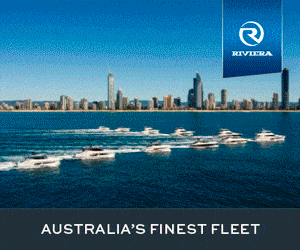A sense of adventure
From epic wrecks and idyllic lagoons to friendly locals and the occasional skull, the Solomon Islands and Papua New Guinea offer those who visit a rare glimpse of a new frontier.
Written by Todd Tai / Megan Becker
20 August 2019
What is adventure, and where do you find it? It is, perhaps, simply anything takes you to a new place and challenges you to do something new, and so it was without hesitation that I accepted an invitation from the owner of the 34.7-metre M/Y Beluga to join an expedition to the Solomon Islands and Papua New Guinea. Solomon Islands is a sovereign country that lies to the east of Papua New Guinea and northwest of Vanuatu, covering a land area of 28,400 square kilometres and comprising six major islands and over 900 smaller islands.
Our own adventure began with an aerial view of idyllic blue water and rugged green islands rimmed with white beaches and coral reef. It had been just a three-hour flight from Brisbane, Australia, to reach Honiara, the closest thing that Solomon Islands has to a city, where we joined Beluga.
Soon we had begun our cruise and Honiara quickly faded into the distance; to our left, the dramatic mountains of the northern end of Guadalcanal began to taper off into the sea, while ahead the distinctive volcanic contour of the Savo Islands drew an unmistakable shape. Known as Iron Bottom Sound, these waters earned their name in 1942 when the United States and her allies suffered the worst blue water defeat in American naval history – 600 metres down lies the graveyard of nearly 50 ships.
The following morning we arrived at the Russell Island Group where we would enjoy our first dive of the expedition at one of the Solomon Islands’ most unique dive sites. The Leru Cut is a long passage that slices straight into Leru Island, about as wide as a bus with dramatic, vertical walls on both sides. The walls begin at the sandy bottom and extend 15 metres upwards until they break the surface and continue ascending into the jungle. It is a tranquil experience to be suspended midway in crystal clear water of the Cut with sunlight gently filtering down, while surfacing brings the relaxing sounds of water gently lapping on the walls and of nature in the jungle above.
There’s more here too – outside the Cut is a pristine dive site in its own right, offering large sea fans and colourful coral, massive gorgonians, and a plethora of little critters such as popcorn and anemone shrimp. And, as it turned out, children – at the end of the dive, we were met by two traditional dugout canoes. Both were full of kids from a local village who had paddled around to greet us, so we floated, and played with them, and rocked their little boats from side to side. Their wide smiles told us we had made their day.
After lunch aboard Beluga we headed out for two more dives inside Pisasola Bay including a spectacular wall dive, and as we prepared to depart later that day the local children paddled out to see us off. We gifted them coloured pencils and writing materials, and spoilt them with sweets.
The following day, after a 60-mile night passage, we arrived at one of the jewels of the Pacific. The intense colours of Marovo Lagoon are outstanding – the green of 100 small and mostly uninhabited islands, the blue of the sea and the white of the shallow coral reefs perhaps suggest the inspiration for the colours on the Solomon Islands flag.
Marovo Lagoon is a double barrier reef enclosed lagoon, which in practice means a chain of coral reefs and islands that encircle the big Vangunu Island. Due to her remoteness, Marovo Lagoon is seldom visited by tourists, yet it is a key site within a region known as The Coral Triangle, which also includes the countries of Indonesia, Malaysia, Papua New Guinea, Philippines and Timor-Leste. The area boasts the highest marine biodiversity in the world, with 605 species of corals and 2,228 species of reef fish.
Our first dive in Marovo Lagoon was off Mbulo Island at a magical dive site known as The Cathedral, comprising a multitude of twisting and turning passageways, and mystical underwater caves that open into wide caverns.
The sun sends down shafts of natural light that penetrate the larger caverns creating a surreal, almost religious experience. What’s more, it’s a shallow dive so you can take your time exploring.
That afternoon we were invited to meet the locals who had set up a market just for us on a nearby Island. Warmly greeted by villagers of all ages, we explored the wares that ranged from woodcarvings and small replica dugout canoes to incredibly intricate figureheads. The ancient tradition of woodcarving with shell inlay is deep-rooted in the Solomon Islands and the beautifully carved products – commonly in ebony, rosewood, kou, or kerosene wood – are world-renowned.
There was also a wide array of jewellery and weavings as well as many varieties of polished shells. Out here, of course, cash is not always king. The locals happily bartered with us and accepted hard-to-get goods – especially sand paper, wide chisels, and clothes – in exchange for their intricate carvings.
The villagers also challenged us to a coconut opening competition, for which each of us was given a green coconut and provided with one basic tool – a sharpened wooden stake that had been driven into the ground. With no instructions given, what followed was a hilarious 10 minutes as most of us tourists made a complete mess of our coconuts, much to the delight and laughter of the villagers, who appeared perplexed by the struggle we had had with what is, for them at least, such a rudimentary task.
Coconuts notwithstanding, we had another mission too – one of the most unique wreck dives in the world, the Taiyo Fishing Boat in Nono Lagoon. The Taiyo was a brand new 36.5-metre pole and line tuna fishing boat but in 2005, on her maiden voyage, she was run aground on the reef and sank by the stern. She somehow came to rest in a vertical standing position with her stern wedged deep at 37 metres, teetering on the edge of two rocky outcrops that hold her from a 2,000-metre vertical drop to oblivion. Her entire superstructure is intact, so on a clear day she looks quite surreal and I could see why she is considered such a special dive.
It was soon time to say goodbye to Marovo, and after another 110-mile night passage we woke up off the township of Gizo – the capital of the Western Province of the Solomon Islands and, with just over 6,000 inhabitants, the second largest town in the country. Gizo’s modern role as a remote tourism centre popular for diving and surfing hides something of a grizzly past. The Gizo tribe were notorious as headhunters – so much so that the surrounding local tribes took the unusual step of making an alliance to obliterate them.
The only scalp we were aiming for, however, was a very special Second World War wreck – the 133.8-metre Toa Maru No2. After the ship was hit by two bombs from an American search-and-destroy squadron, her captain made a desperate attempt to beach her on Sepo Kokiti Island but she sank just to the northern side. Today she is considered one of the world’s top 20 wreck dives, and it’s not hard to see why. While she is in great condition overall and while much of her is accessible to be explored – you’ll find a two man tank, a motorcycle, a truck, thousands of beer bottles, steel girders, ammunition, and parts of a large field gun, for example – perhaps the most rewarding aspect is the vibrant reef that has developed on the port side of the hull that faces the sun. It is an established city of healthy corals that support an effervescent and diverse sea life.
After our wreck dive we returned to Beluga, which was now moored just off the extraordinarily named Plum Pudding Island in the Ferguson Passage. This was the Island upon which John F. Kennedy – the late US president – and his surviving crew sought refuge after a Japanese destroyer rammed their PT (Patrol Torpedo) boat.
But we had other places to be, and after a 430-mile, two-day crossing we arrived at Alotau in Papua New Guinea. Craig de Witt, one of the most knowledgeable and connected dive guides in Milne Bay, was there to greet us. He had been planning for our trip and he knew we wanted adventure. He also knew exactly where to take us to get it.
Haliwa Una Bay village on Nuakata Island is just off Milne Bay and is totally isolated – it can only be accessed by boat. We were invited ashore by Efam, who wanted to show us something special.
He was not the village chief as such, but the appointed village ambassador – probably because of his vibrant, outgoing personality and his eloquent command of English. With a beaming smile that revealed teeth stained blood red from betel nut, he proudly introduced us to his four doting young daughters before escorting us from his village. We walked along a small coastal track then headed up a steep hill at the base of a sheer mountain, and before us stood a wide cave entrance that descended into a limestone cavern. Before us, around us, everywhere, were human skulls piled neatly on top of each other. Each skull seemed to offer the same indication of the cause of death – a hard blow to the forehead with a blunt instrument. Some were so old they had merged into the limestone stalagmites.
Headhunting and cannibalism, though not prolific in PNG, had been part of its culture for thousands of years, and the practice continued to thrive in some areas into the 1920s. It was the influence of missionaries that put an end to it. But back in those early days, some villagers choose not live in open huts – they felt too vulnerable – preferring instead the caves, which were higher up and more defendable. Efam explained the cave we were in had been used as a sacred place to keep skulls for hundreds of years. There are, in fact, many similar skull-filled caves at the base of the mountain.
After appreciating the grandeur of the skull cave we backtracked to the village where we played a communal game of volleyball with teams that were of all ages and a mix of villagers, Beluga guests and crew, and then that afternoon I went with a couple of the others for a dive on a site that de Witt knew to be special. And he delivered. The dive site, known as Barracuda Point, was a dramatic wall, with plenty of caves and swim-throughs to explore. There were huge schools of fish, sea snakes and turtles, but the cream was a solitary, fully-grown, magnificent hammerhead shark. She had transformed from a ghostly shape in the distance into a vivid beast before us, and at 3.5 metres in length she rippled with muscles as she moved with purpose, confidence and control through her environment. I think we were all caught by surprise as she circled in a wide 360 to have a second look at us, then as swiftly as she emerged she faded into the distance.
Overnight we journeyed a short distance south to Basilaki Island where we planned to dive on a fully intact P38 Lightning, one of the most effective allied fighter planes in the Second World War. The fighter is in remarkably good condition. Being made from aluminium, she has relatively little growth on her and no rust. Apart from her props being dislodged, she is not broken up in any way and she looks airworthy and strong, even after 75 years underwater.
We descended and found her resting at 29 metres. Feeling daring, I removed my fins, BCD and tank – but being careful to keep connected to my air supply – and slid in to sit inside the cockpit for a photo opportunity. It was a great last dive for our expedition.
Once back on board Beluga we began a leisurely cruise back to Alatou, from where we would fly home the following day. We had explored a part of the world that most people don’t know exists, dived pristine reefs and tropical islands, met local villagers who shared their culture with us, and dove into the rich history of sunken wartime wrecks. Beluga and her owner had truly given us the opportunity to experience a completely new adventure.


